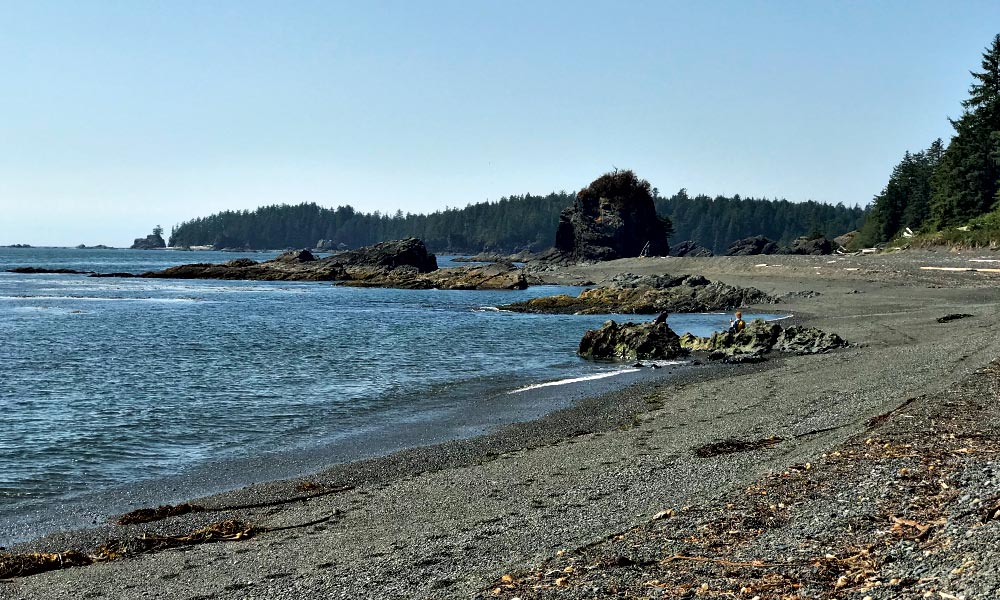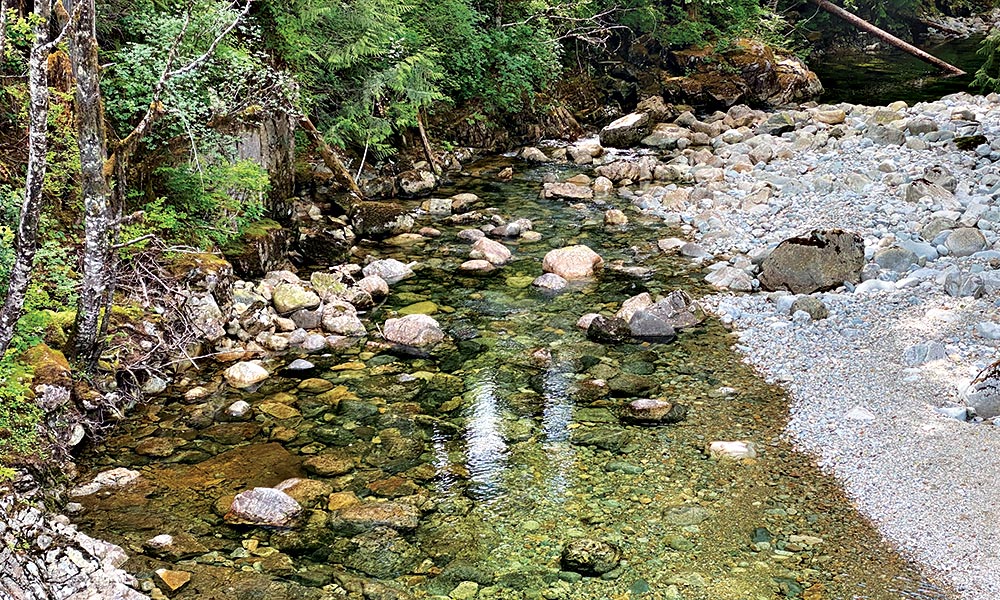People's History
Yuquot Village
Located on the Northwestern coast of Vancouver Island, British Columbia, Yuquot Village, or Friendly Cove as it was called by the European traders, is significant as much as it is interesting.
The fjord, which fills a dramatic geological fault line is where the Mowachat/Muchalaht First Nation has lived and inhabited for over 4,300 years and was capital for 17 tribes of the Nootka Sound region. The Nuu-chah-nuth people’s used this area extensively for social, political and economic relations and it became a National Historic Site of Canada in 1923. Here is the spot where the first contact between First People’s and European explorers and traders occurred in British Columbia. Yuquot or Nootka Sound as it was called by early settlers, was a focal point of the Nootka Sound Controversy of 1789-1794. Spain and England came close to the brink of war over rival interests and in 1793 a treaty was signed in Yuquot between the two countries, resulting in Yuquot becoming under British possession.
At the turn of the century, Yuquot/Friendly Cove was once a thriving community of Indigenous and European peoples. For many years, gravestones carved from the local marbles, known by the local tribes and early settlers, lay hidden in the forest in Yuquot, close to the old white church, now a cultural centre for the Mowachat/Muchalaht First Nation near Tahsis.
In 1980, Dennis Zanatta, an Italian immigrant and stone expert and his son Ivo, owners of Matrix Marble & Stone began investigating the origins of local marble that was used for architectural buildings in Victoria, B.C. A journey took them to an old abandoned quarry site, that was opened at the turn of the century in Hisnet Inlet, near Tahsis on Vancouver Island. Following the formation from the inlet to a mountain range, they discovered a high-quality white and blue-grey marble, where the quarry still exists today. By 1996, quarrying began and has since provided superb marble for exceptional building projects throughout Canada.
Today Vancouver Island has become world-renowned for its enchanting beauty and abundant wildlife. Perhaps most famously captured by Westcoast artist, Emily Carr who vividly painted the natural flora and fauna amongst the indigenous people’s landscapes. The iconic painting, “Church of Yuquot” is an example of this region's inherent beauty. Carr also wrote her first novel “Klee-Wyck,” a name given to her by the Nuu-chah-nulth peoples, from time spent sketching in Yuquot and getting to know the indigenous communities on the West Coast, earning her the prestigious Governor General Award in 1941.


